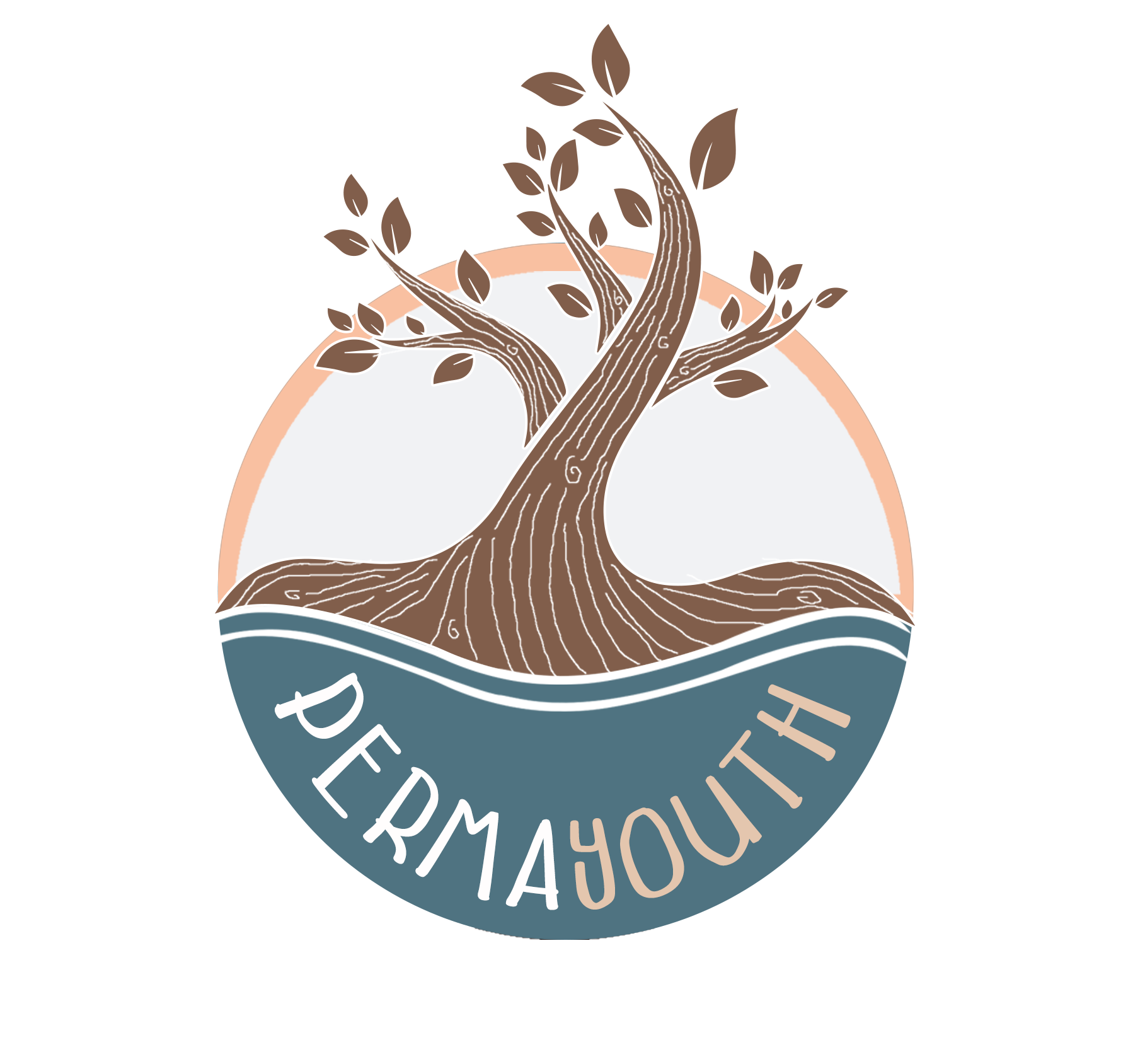📖 Introduction to the Lesson
In this lesson, we continue exploring the core design principles of permaculture, focusing on those that reinforce sustainability, waste reduction, and resilience through diversity. While the previous chapter introduced foundational principles such as Observation and Catching Energy, here we’ll examine four more: Using Renewable Resources, Producing No Waste, Valuing Diversity, and Building for Long-Term System Resilience.
By the end of this lesson, you’ll understand how these principles directly address global challenges such as deforestation, climate change, biodiversity loss, and pollution—while offering practical, regenerative solutions.
🌍 Diversity and Sustainability Matter
The UN reports that we are losing approximately 10 million hectares of forest each year—an area nearly the size of Iceland. Simultaneously, over 1 million species are threatened with extinction. Our current economic system treats nature as an “externality,” meaning it ignores the environmental costs of production and consumption. In simple terms, an externality is something that is affected by an activity but not paid for by those responsible. When a factory pollutes a river but doesn’t pay to clean it up—that’s an externality.
The story of Sebastião Salgado offers a hopeful counterpoint. After decades photographing the destruction of ecosystems and communities around the world, he returned to his family farm in Brazil and found it barren. With his wife, he founded Instituto Terra. Over the past 20 years, they have planted more than 2.7 million native trees, restoring streams, attracting wildlife, and demonstrating how ecosystems can recover when diversity is restored.
Source: National Geographic on Sebastião Salgado
☀️ Use and Value Renewable Resources
Since the Industrial Revolution, atmospheric CO2 levels have risen from 280 ppm to over 420 ppm. Fossil fuel dependence is a key driver. But studies show that the cost of transitioning to renewables is much lower than the cost of climate-related disasters.
Energy Communities across Europe allow citizens to become “prosumers”—both producers and consumers of clean energy. These systems decentralize control, empower communities, and reduce emissions. They are a stepping stone to a new economic model based on collaboration, local empowerment, and shared responsibility.
But we also need to recognize that producing green energy alone isn’t enough—we must reduce consumption too. Energy efficiency and lifestyle changes are key. The rapid growth of technologies like artificial intelligence (AI) brings new energy demands. Training a single large AI model, for example, can use as much energy as several households use in a year. This highlights the need for thoughtful digital infrastructure, powered by renewables and managed with ecological responsibility.
Source: EU Energy Communities
♻️ Produce No Waste
Plastic production has doubled in the past 20 years, with most coming from short-term-use items. Annually, we produce more plastic waste than the weight of the Burj Khalifa. Much of it enters rivers and oceans, where it breaks into microplastics. These particles have been found in seafood, water, and even human blood.
In Amsterdam:
- De Kaskantine Compost Club offers community-based Bokashi composting.
- De Ceuvel uses compost toilets in houseboats to recycle human waste safely and enrich soil.
Beyond composting, cities and individuals are turning to upcycling—the creative reuse of materials to make something of higher value. Old clothes are being turned into new garments, wooden pallets into furniture, and plastic bottles into eco-bricks. Upcycling not only reduces waste but also cuts down the demand for new materials, lowering emissions and resource use.
Sources:
🌿 Use and Value Diversity
Monocultures are efficient on paper but fragile in practice. Without redundancy, one disruption—like a pest outbreak—can collapse the entire system (a “cascade failure”). Diverse systems mimic ecosystems: when one part falters, others compensate.
Examples include:
- Agroforestry in Denmark: Mixing trees with crops and livestock to improve biodiversity and resilience.
- AMADECO Syntropic Farming (Italy): Regenerating degraded land with mixed plantings of Mediterranean herbs and trees.
Sources:
💡 Activity: Choose Your Principle
Pick one principle—like “Produce No Waste”—and design a real-world plan for your life. Can you start composting? Join a local energy cooperative? Try upcycling or reduce your digital energy footprint?
Share your plan and progress with us using #Permayouth!
📚 Additional Resources
- Instituto Terra
- United Nations Biodiversity Facts
- Plastic Pollution Facts – UNEP
- Energy Communities and Sustainability
- Upcycle That – Creative Reuse Projects
